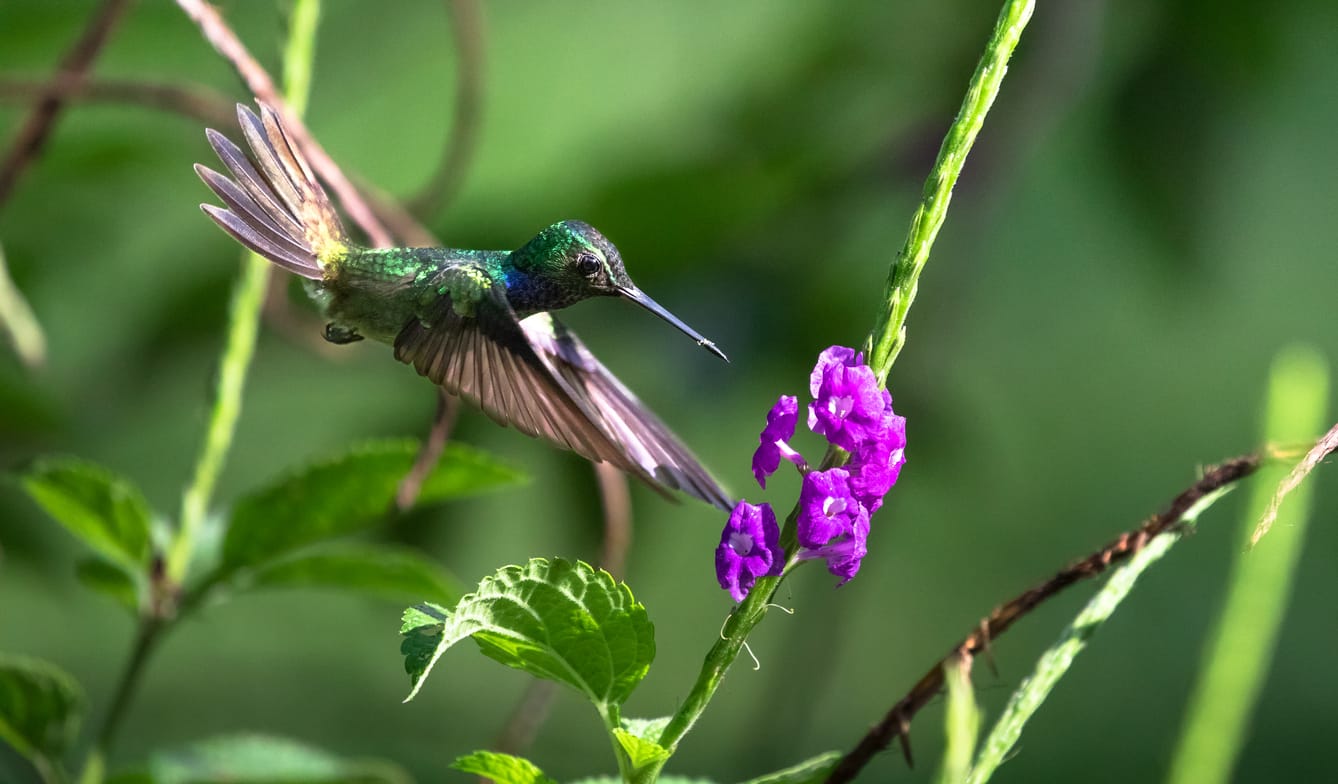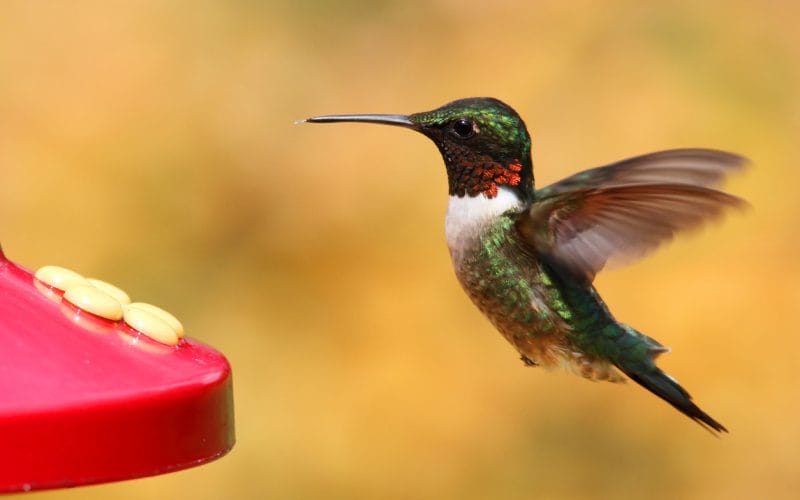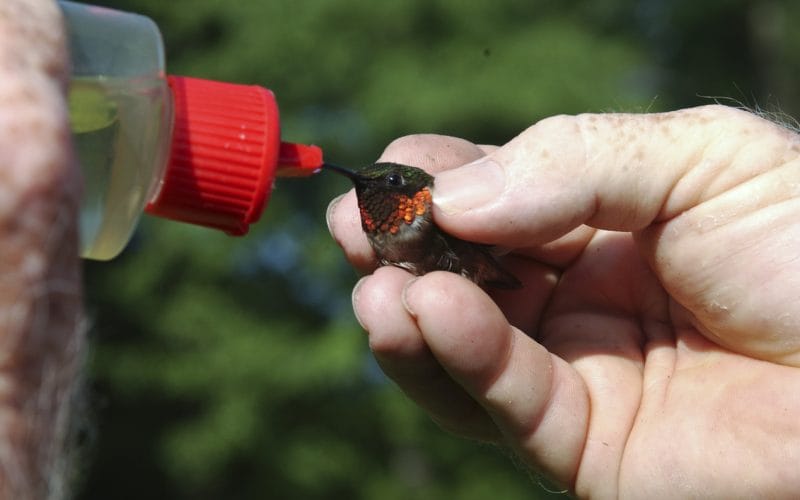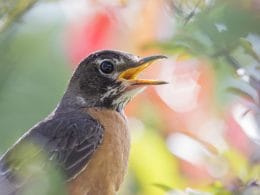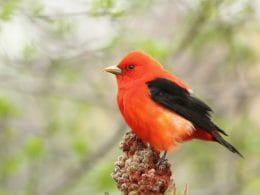North Carolina is known for its beautiful beaches and breathtaking mountains. It’s also where the first air flight ever took place.
In addition to its beautiful landscape, there are 11 species of hummingbirds that you might encounter in your very own backyard or flying among the tubular flowers in North Carolina. Although most hummingbirds are rare or accidental in the Tar Heel State, there are a few things that you can do to attract more of these astonishing birds to your backyard.
Because of the climate, most hummingbirds can be seen in North Carolina during the migration season. These wonderful creatures are known for their ability to hover in midair due to the outstandingly rapid movement in the wings.
And if you’re fond of them, you’ve come to the right place to know about the amazing hummingbirds in North Carolina.
11 Hummingbirds In North Carolina
Hummingbirds attract bird lovers, thanks to their incredible flying moves and bright plumage. In this article, we’ve listed 11 species that you might encounter in North Carolina.
1. Mexican Violetear

The Mexican Violetear is originally found in Mexico and Central America, but it travels to the north during the migration season, where it moves as north as Canada or Michigan in some cases. It is one of the most common hummingbirds in North Carolina.
Compared to other hummingbirds, this one is a bit larger, with a medium-sized body and bright metallic green plumage. It gets its name from the easily noticeable glittering violet ear patches.
Author Note: The Mexican Violetear forages alone most of the time. But if you have some flowering trees in your backyard, you might see a group of these beautiful birds feeding on the nectar. In addition to nectar, this hummingbird usually feeds on small insects.
You can attract this bird to your backyard during the migration season by setting up a hummingbird feeder. The male doesn’t get involved in the nesting process, as everything is usually done by the female.
2. Green-Breasted Mango

The Green-Breasted Mango is a medium-sized hummingbird that comes from Tropical America. The male birds have glossy green underparts and dark centra areas around the chest and belly. Females have bronze-green upper parts and white underparts.
There was only one Green-Breasted Mango recorded in North Carolina in November 2000. But because a little is understood about this bird’s migratory and traveling habits, more birds might be found.
It’s not one of the easiest birds to spot, but you might be able to recognize its high-pitched call. It usually inhabits open landscapes with big scattered trees.
Like other hummingbirds, this one feeds on nectar, smaller invertebrates, and insects. It also occasionally steels its prey from spider webs. If you have a hummingbird feeder set up in your backyard, you might get lucky enough to attract another curious bird.
3. Ruby-throated Hummingbird

The Ruby-throated Hummingbird is a common hummingbird to see in the summer of North Carolina. Although originally this bird would migrate south during winter, more birds are choosing to make North Carolina their winter home.
This could be because winters are getting slightly warmer, and there’s less competition for food. But for a birder, this is good news because you have a higher chance of meeting this beautiful bird.
This is a small hummingbird with brilliant bright emerald or golden-green underparts. Males are also known for the shiny red patch on their throats.
Top Tip: Watching the Ruby-throated Hummingbird is quite mesmerizing as it flaps its wings about 53 times per second. It also has an intriguing flying style where it stops in the middle of the air and then hovers to change its direction.
Because it has short legs, the Ruby-throated Hummingbird doesn’t walk or hop. However, it sometimes shuffles along a perch. Setting up a hummingbird feeder and planting red or orange tubular flowers will definitely attract this bird to your backyard. It also sometimes pulls prey out from spider webs.
4. Black-chinned Hummingbird
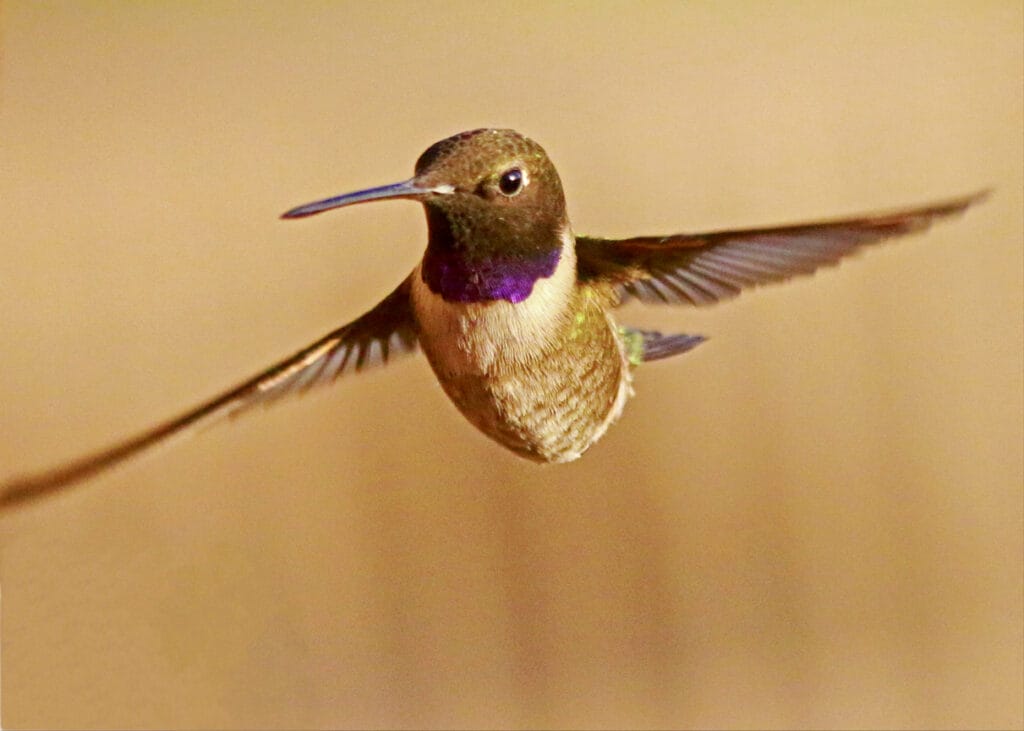
The Black-chinned Hummingbird is the same size as the Ruby-throated Hummingbird. Birds have dull metallic green plumage on the back and grayish-white bellies. The males have velvety black throats, which are paler in females.
This hummingbird is rare to find along the coasts of North Carolina, and you have a better chance of encountering it if you move farther inland. It’s usually seen hovering at flowers and backyard feeders, then darts all of a sudden to catch flying insects. It’s one of the most adaptable hummingbirds, and this explains why it can be found in urban areas.
The Black-chinned Hummingbird perches to observe its territory and other competitor birds. During territorial defense and courtship, male birds display themselves by doing dives that can be between 66 and 100 feet high. This little bird’s tongue is able to lick between 13 and 17 times per second when it’s feeding on nectar.
5. Anna’s Hummingbird
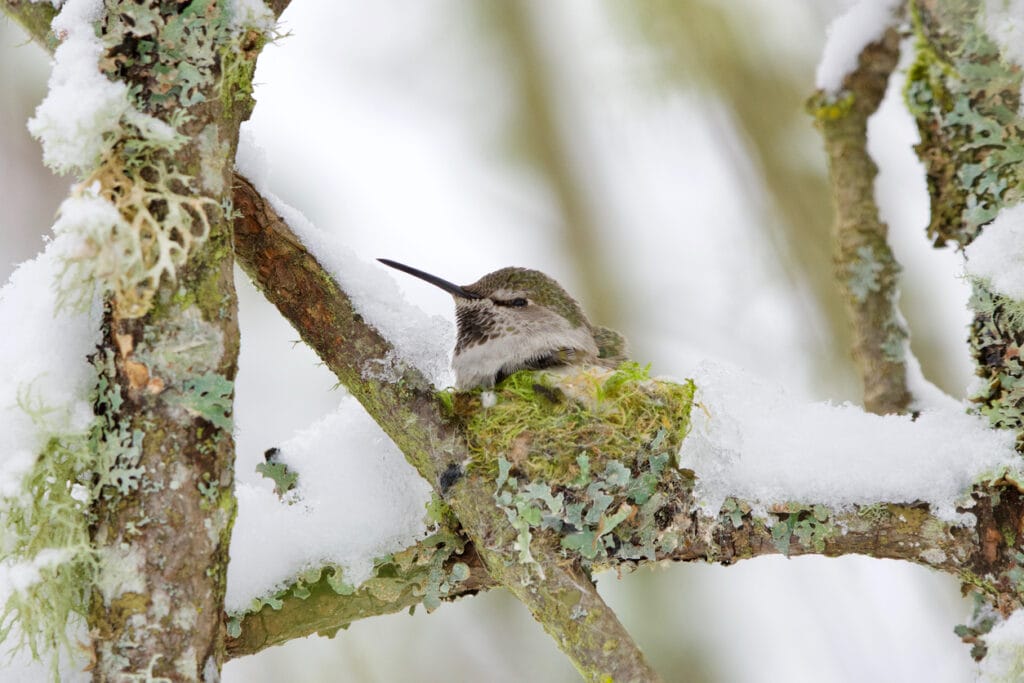
Anna’s Hummingbirds don’t usually migrate and can be found across the coast. The bird has a metallic bronze-emerald green and purple-crimson plumage, and the female has more gray than the male.
This hummingbird is known for its diving display during courtship. Male birds usually fly up to 130 feet, then dive to the ground, while their feathers make a loud noise to attract females. The display usually takes about 12 seconds.
Attracting Anna’s Hummingbird is quite easy because it’ll appreciate the presence of a hummingbird feeder in your backyard. It also loves to feed on the nectar of spring blossoms, especially near eucalyptus trees.
When it finds the sap wells excavated by sapsuckers, this hummingbird will lick the sap and eat the insects trapped in it.
It likes to feed on nectar from flowering plants, including currant and gooseberry. It also eats small insects trapped in spider webs or found on leaves. It usually eats whiteflies and leafhoppers, but sometimes a wasp or a bee can get impaled on the bird’s bill, and this can cause it to strive to death.
6. Calliope Hummingbird
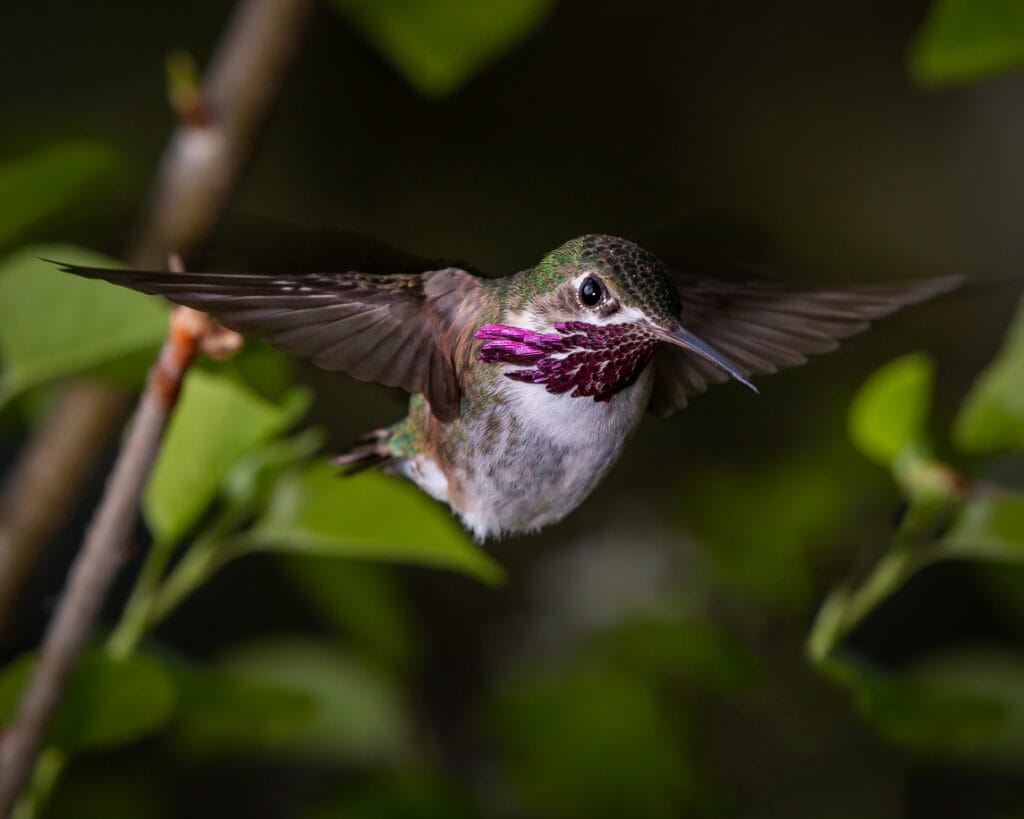
The first time to detect the Calliope Hummingbird in North Carolina was in 1995. This hummingbird usually spends its summers in the Western States and its winters in Mexico, but it has been known to fly as north as North Carolina.
The Calliope Hummingbird is the smallest bird in the USA, and it weighs as much as a ping pong ball.
Nevertheless, it still manages to travel about 5000 miles per year and might even chase larger predators like the Red-Tailed Hawk during the breeding season. It has a hunched posture that makes it look smaller than it really is.
Top Tip: Male and female birds are slightly greenish with white bellies. Male birds can be easily identified, thanks to the magenta rays on the throat.
Although this hummingbird forages low to the ground, it perches on high branches of willow or alder trees to defend its territory. Male birds are known to make U-shaped dives to attract females.
You can attract this hummingbird to your backyard by filling your hummingbird feeder with sugar and water nectar. It likes to feed on the nectar from isolated tubular flowers that don’t attract larger hummingbirds.
This hummingbird is known to catch small insects while they’re flying midair. It also licks the sap from the sapsuckers’ abandoned sap wells and usually feeds on the insects trapped inside.
7. Rufous Hummingbird

The Rufous Hummingbird has a glowing orange plumage on the back with a shiny red throat, and female birds have more green plumage. It’s known to be one of the feistiest and most restless hummingbirds and usually attacks larger hummingbirds.
In most cases, this small bird will even win them. Chasing chipmunks away from the nest is also quite common.
This hummingbird isn’t common to find in North Carolina, but your chance of encountering one will improve if you set up a hummingbird feeder in your backyard in winter.
The Rufous Hummingbird tirelessly chases other hummingbirds to defend its territory. It feeds on insects caught in spider webs or catches them while they’re flying in the air. This hummingbird might reside temporarily in your backyard if you plant tubular flowers.
Scientists noticed that this hummingbird has an incredible memory for location. It’s known to return after migration to a location where a feeder was once set up to investigate the area, even after the feeder has been removed.
8. Allen’s Hummingbird

Allen’s Hummingbird has coppery-orange and bronze-green plumage, and the male birds have deep-orange gorgets that they show off to attract the females. Female birds usually look a lot paler.
Watching this bird can be quite entertaining as it ticks while hovering from one flower to another to feed on the nectar. However, this bird isn’t one of the most common ones to find in North Carolina.
Male birds usually fly in arcs, showing off their diving abilities to attract the females during the mating season. The bird also flies in a pendulum-like movement, buzzing as it moves around.
Compared to other hummingbirds, this one is an early migrant. When the temperature drops, this little bird tucks its feet in to warm its body and control its temperature. In hotter weather, this hummingbird will let its feet dangle to cool.
You can attract Allen’s Hummingbird to your backyard by setting up a hummingbird feeder. It feeds on the nectar on flowers and catches insects from leaves to cover its protein needs.
9. Broad-tailed Hummingbird

The Broad-tailed Hummingbird was recorded once in North Carolina in 2001. But this is probably due to the lack of experience of those who usually mistake it for the Ruby-throated Hummingbird, especially at feeders.
This hummingbird has an iridescent green above and a white belly. The male bird has a flashing rose-magenta gorget, while the female has green spots on the throat.
Adding a backyard hummingbird feeder and planting flowers will definitely attract this bird. The Broad-tailed Hummingbird produces a loud metallic trill-like sound while it’s flying in the air. A male hummingbird will also produce this sound as it’s guarding its area around a backyard feeder.
During cold nights, this bird lowers its metabolic rate to preserve its energy. It can be quite aggressive around feeders when food is scarce, usually chasing away intruders to keep all the sugar water to itself.
In the migration season, the Broad-tailed Hummingbird will feed on flowers that don’t typically attract other hummingbirds. It can also feed on sap or snatch insects from spider webs.
10. Broad-billed Hummingbird
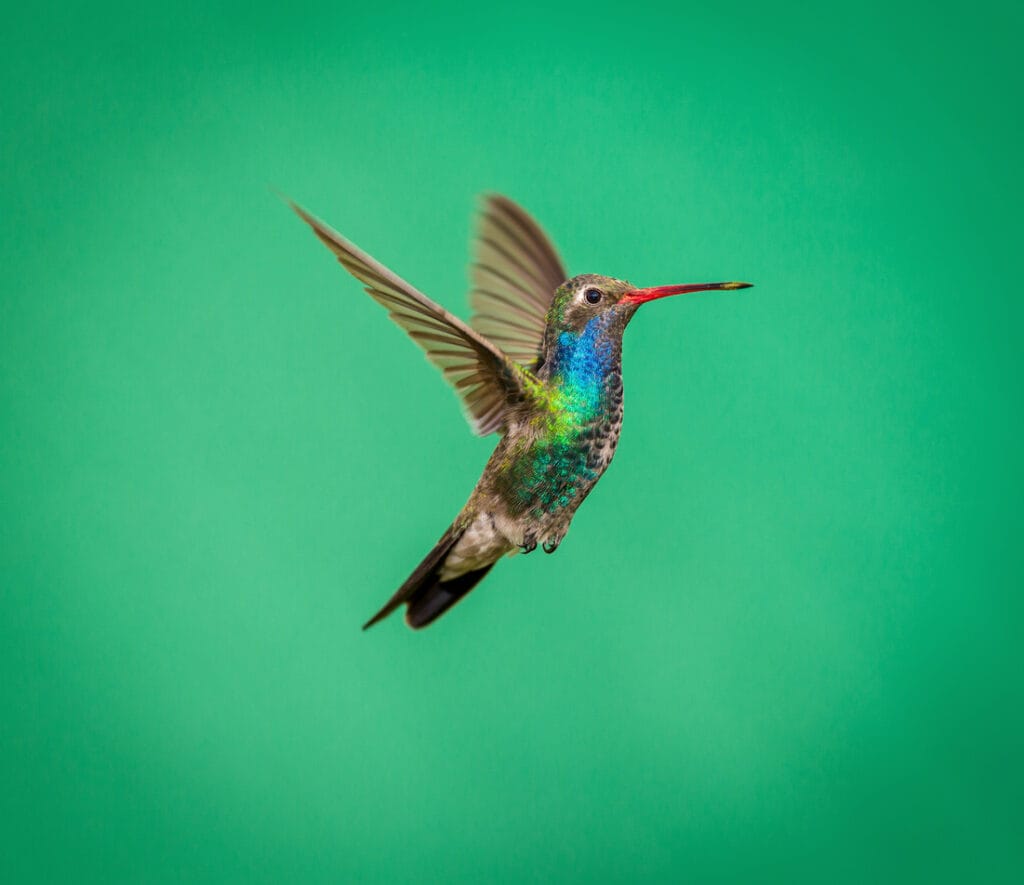
The Broad-billed Hummingbird has been spotted only a few times in North Carolina. But if it happens to be around, you’ll most likely notice it, thanks to its glittering plumage.
Adult male birds are rich green with bright blue gorgets, and the bill is red with a black tip. Female birds are usually golden-green with gray underparts.
Male birds gather in groups and usually fly in a pendulum-like fashion to attract females. This hummingbird is usually attracted to nectar-rich flowers, so planting them in your backyard might help you spot one. You can also set up a hummingbird feeder and fill it with homemade nectar.
The Broad-billed Hummingbird usually consumes between 1.6 and 1.7 times its body weight in nectar every day. It feeds during the early morning and late afternoon, where the flowers produce most of their nectar.
The Broad-billed Hummingbird is usually attracted to diurnal owls like Ferruginous and Northern Pygmy-Owls. Hummingbirds fly near the owl’s head and perch nearby while calling to notify other birds of the predator’s presence.
This behavior usually drives the owl away and can be used to help the younger birds identify a predator.
11. Buff-bellied Hummingbird
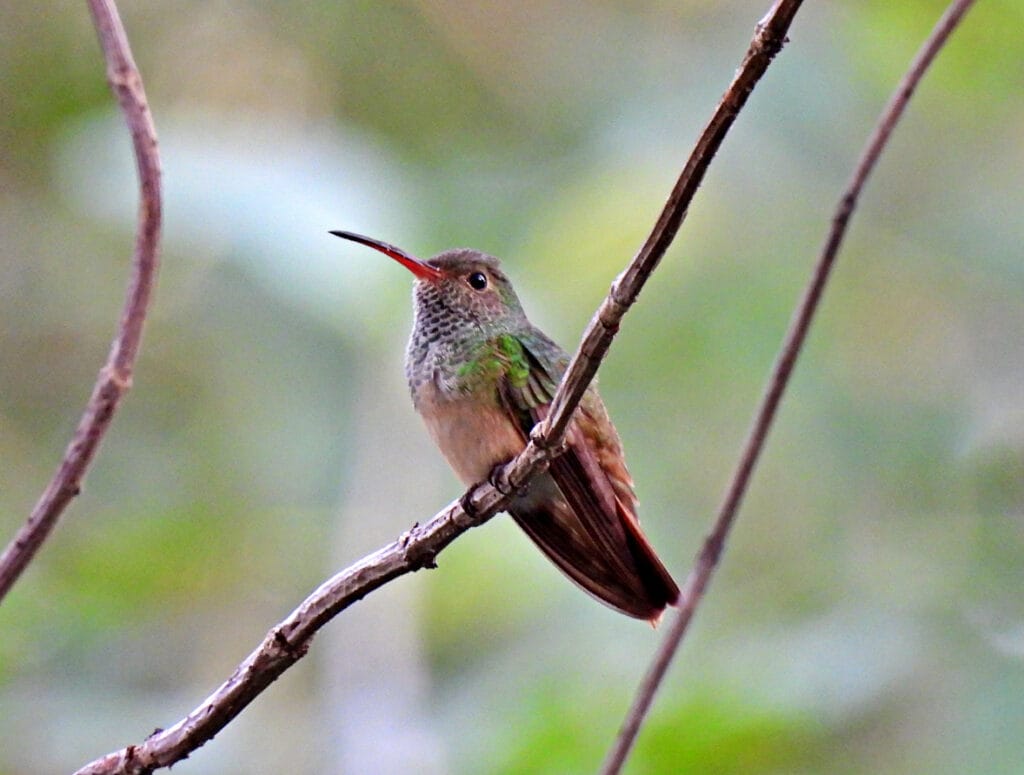
The Buff-bellied Hummingbird is relatively large compared to other hummingbirds. The bird is bronze-green with a warm buff belly and rich iridescent blue-green throat and breast. The throat and breast appear dull gray in low light conditions.
It lives in the wooded habitats between Northern Guatemala to Southernmost Texas, but a few birds have been spotted in North Carolina.
You might be able to attract some of these birds to your backyard by setting up a hummingbird feeder and filling it with nectar.
Author Note: At the feeder, this bird takes advantage of its larger size to chase other hummingbirds away with its loud calls.
It hovers at flowers to feed on the nectar or catch the insects flying nearby. After mating, the female bird builds the nest and takes care of the young birds on its own. Nesting Buff-Bellied Hummingbirds usually feed at night.
Wrap Up
The Ruby-throated Hummingbird is probably the most common hummingbird you might encounter in North Carolina.
Nevertheless, setting up a hummingbird feeder will multiply your chances of meeting more of these beautiful birds, especially during the migration season.
FAQ
There are some birds that remain in the state all year round. They are usually the Rufous Hummingbird but it is not common to see them.
The Ruby-throated Hummingbird is a common visitor to North Carolina. However, as they are so small they are easily overlooked.
Hummingbirds are attracted to red tubular flowers. If you don’t have them in your garden, you can hang hummingbird feeders with red flowers on them to attract hummingbirds to your garden.




